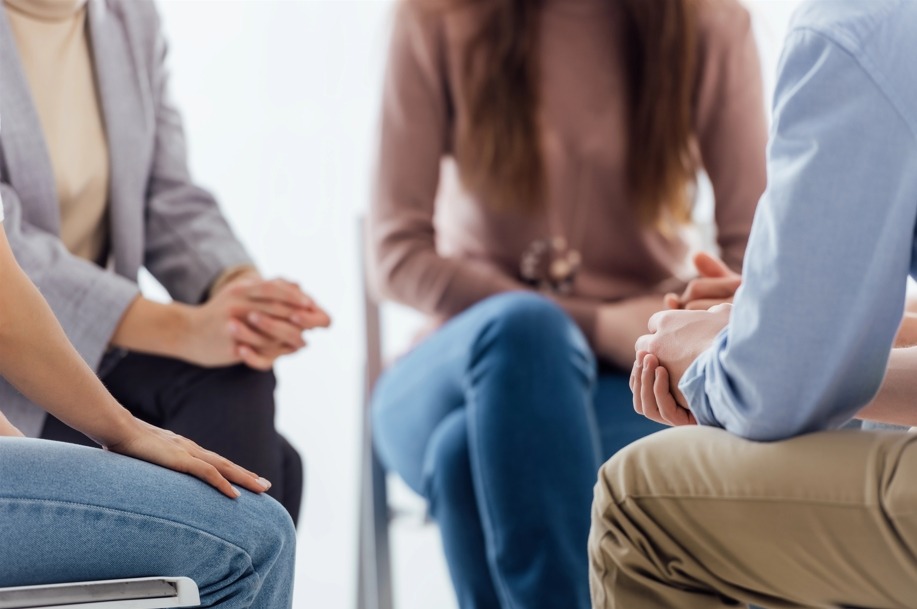Group trauma therapy
Group-based trauma therapy is an effective form of treatment in which individuals with traumatic experiences come together under the supervision of one or more qualified therapists. This approach provides a safe and supportive environment in which participants can connect with others.
Sharing experiences within a group has a powerful effect: it creates a sense of community, recognition and understanding. In these sessions, participants are given the space to talk openly about their experiences, where they can support and validate each other. This validation is crucial to breaking the sense of isolation that many people have experienced after trauma.
Group therapy not only provides recognition, but also helps participants gain insight into their own difficulties. By listening to each other and learning from each other's experiences, a collective learning environment that contributes to personal growth and recovery. This collaborative process strengthens the sense of connection and promotes a lasting healing journey.

Group therapy
Objectives of group therapy for trauma
Providing a place where participants feel heard and (h)acknowledged for their experience, without judgment.
People often feel tremendous relief when they know they are not alone in their struggles. This shared experience creates a sense of belonging.
Contact with peers can provide a sense of connection and support.
Getting participants to recognize that their reactions to trauma are normal reactions to abnormal events.
Connecting with others who have experienced similar things creates a community that is a source of encouragement. This network becomes is a companion during the journey.
People can learn from others, gain new perspectives to promote their own healing, and see how others are making progress and becoming inspired and motivated to keep going.
Provide practical tools and skills to deal with stress, anxiety and triggers that they can use in real life. This collaborative learning environment builds adaptability and resilience.
Encourage participants to (re)discover their strengths.
In a group setting, participants learn to rebuild safe relationships.
How does it work?
The sessions are open conversations where experiences are shared.
Practical interpretation
Group therapy can vary in duration and frequency, for example, bi-weekly 90-minute sessions.
The group is closed, a fixed group of participants for a certain period of time.
Through the combination of professional counseling and peer support, group therapy can be a powerful complement to individual trauma treatment
